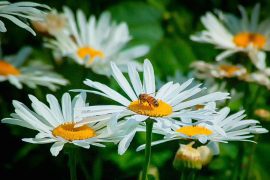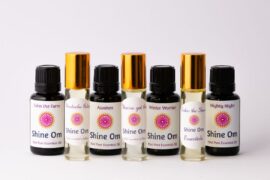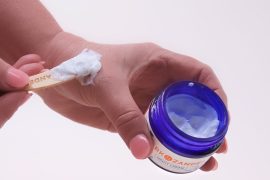How to use hydrosols
Hydrosols are super versatile and can be used in skin care products replacing some or all of the water portion in recipes.
They’re also gentle yet powerful therapeutic agents in their own right. One of the easiest ways to experiment is to get a hydrosol of your choice, along with a mister. You now have a versatile spray, which can serve as:
- Facial mist/toner
- Body spray
- Hair perfume
- Cooling foot spray
- Bite or anti-itch spray
- Laundry spray
- Car freshener
- Yoga mat/meditation spray
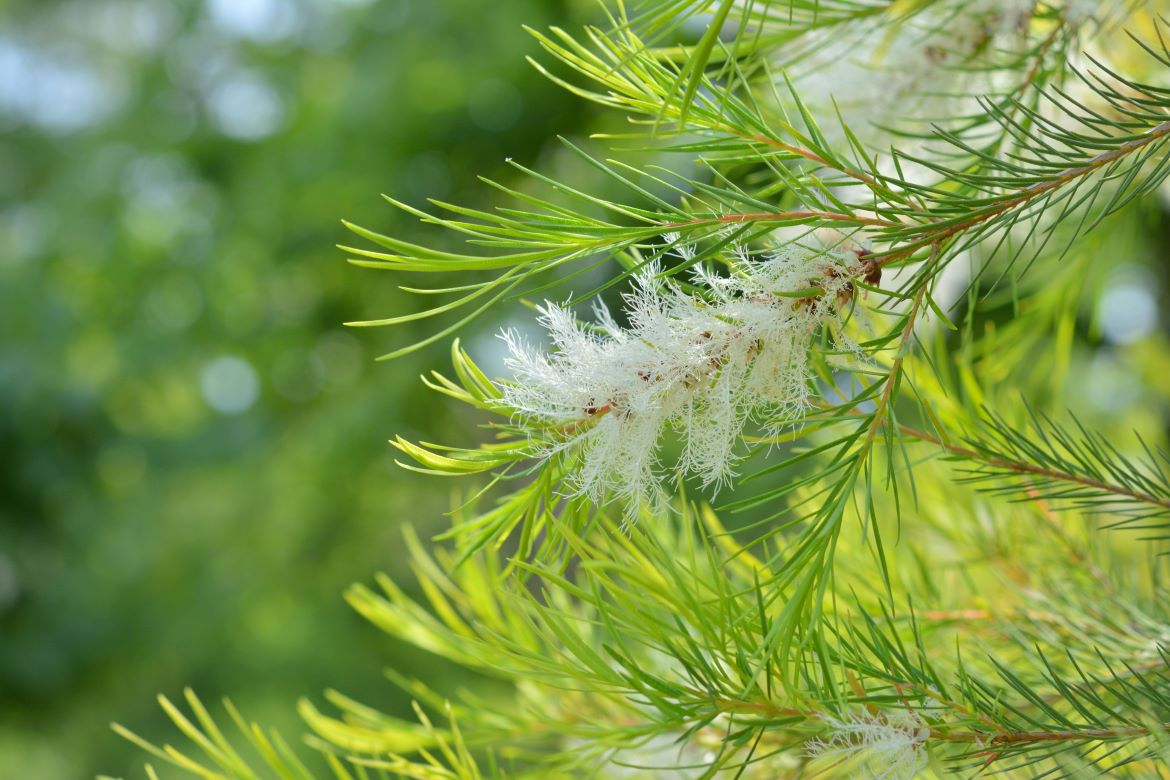
Some other practical uses:
- Hydrosols are an excellent daily skin care treatment for most skin types. Lavender hydrosol is said to be especially cooling for eczema and regenerative for fragile or damaged skin
- As a toner for all skin types
- Add to clay or mud to make face masks (in place of water) to get added toning benefits
- Use before or after shaving to help prevent inflammation and ingrown hairs
- It can be used for infants as a room spray for calming sleep, in the bath or spritzed on a cloth for a healthy alternative to baby wipes
- Young children can use it as their own personal and non-allergenic perfume mist
- It is also useful as an after-sun spray, to soothe sunburn, or in a cold compress for headaches and migraines
Storage and shelf-life
Hydrosols are much more volatile than essential oils, and so it’s important to be aware of the different factors that can affect shelf-life. These include the specific botanical of the hydrosol, pH level, and how it has been bottled and stored. Some suppliers use preservatives to extend the life of hydrosols; at Go Native NZ we do not, wishing to ensure the purity of the natural product.
It’s best to keep hydrosols in a cool dark place, or even in the fridge. At Go Native NZ , we sell our hydrosols in light-protecting amber glass bottles up to 250ml, PET amber plastic at 500ml, and in BPA-free plastic jerry cans for 1L and 5L volumes. In order to visually gauge the health of your hydrosols, it’s wise to decant them into a clear glass jug before using.
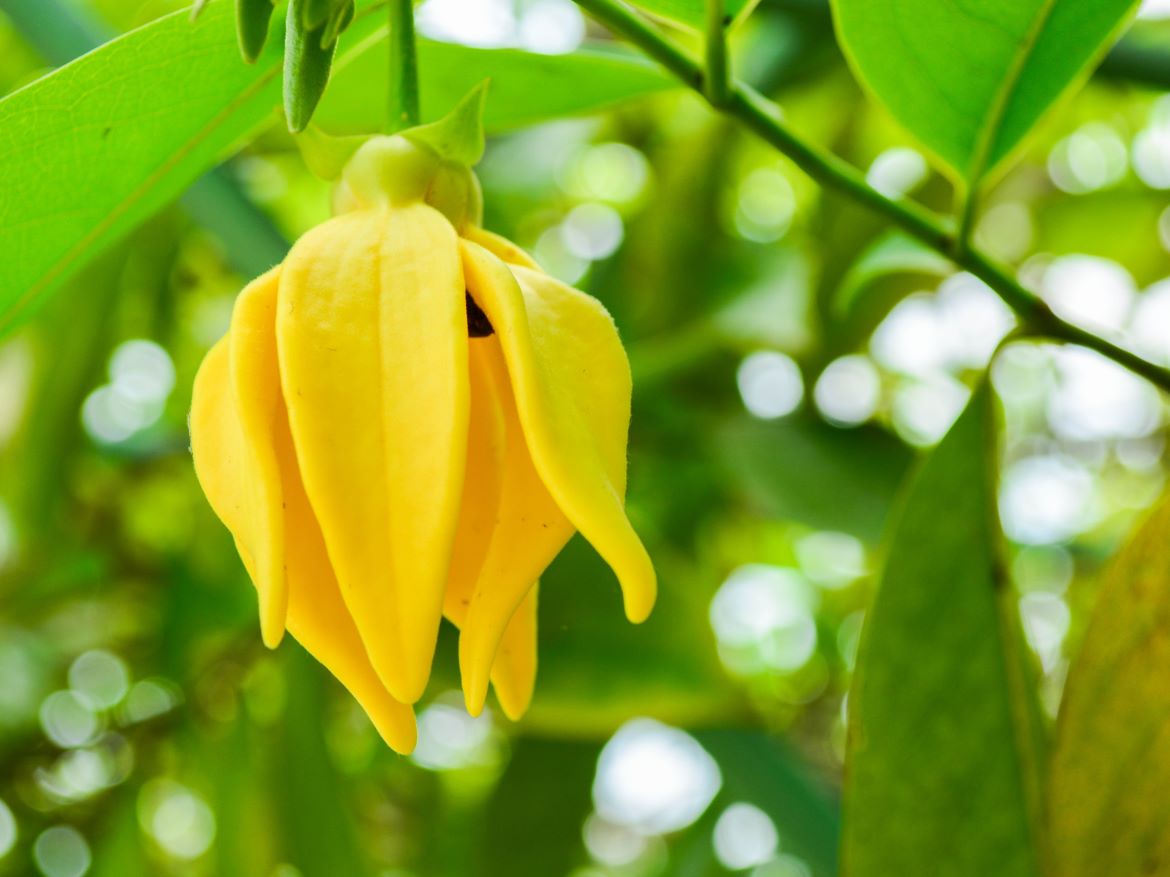
How to tell if a hydrosol has gone bad
Because hydrosols are a natural product, variations are totally normal. Weather, soil and geographical conditions all have an effect on the end product. Hydrosols can look milky or clear, with visible drops of essential oil inside. Contaminated, however, aging hydrosols can sometimes grow a bloom. These are swirling substances that tend to sink towards the bottom of a hydrosol that has gone bad. Lift the bottle or jug to eye level and gentle tilt and you’ll see the bloom “dance”. Once a hydrosol has a bloom, it’s past its best; it’s not possible to remove this sort of contaminant with filters.
If you want to carefully monitor for contamination, record the pH level of your hydrosol when it arrives so you can look for changes over time. As a rule of thumb, hydrosols with a pH of over 5.00 will last between 12 and 18 months.
Visit the Go Native website to learn more and and join their communities on Facebook and Instagram to stay up to date.



